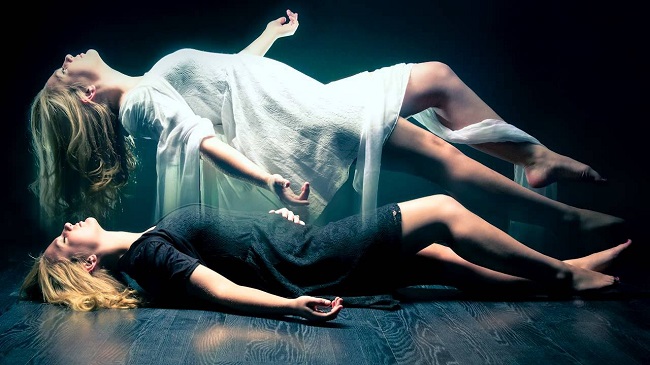2Why are these experiences problematic?
Advertisement
The first problem posed by the impending death experience is the very definition of death. Some of the individuals who experienced this were declared dead by the medical profession. Now, if we consider, as current scientific materialist theories indicate, that consciousness is inextricably linked to the human body, the phenomenon described by these people is totally impossible. Either people are not really dead, or the dominant scientific paradigm of our time is wrong. In one case, as in the other, there is something that we are not seeing yet.
When can a medical team say that someone is dead? This is a question that may seem obvious but whose answers differ according to time and culture. For centuries, the only criterion of death used by doctors was the observation of the inactivity of cardiac and respiratory functions, in other words, cardiorespiratory arrest. It was an extremely readable and sensible test that validated our collective representations of death. Are we not talking about the "last breath" after all?

Image Source: clinica.bg
But with the progress of medicine, we managed to "bring back" people who were believed to be definitely gone. And the boundaries of death had to be pushed back. No, people with cardiopulmonary arrest are not necessarily dead. Advanced ICU care, artificial respirators, defibrillators have shown that the brain can sometimes regain control of vital functions. In recent centuries, billions of men have probably been declared dead while still alive. Condemned, no doubt, but still alive. Could they hear and see the doctor declaring them dead as some people who have experienced this experience claim? We can not know it yet.
Today, things have changed a little. In France for example, death can only be declared if 3 criteria are met:
The total absence of consciousness and spontaneous basic activity
The absence of all reflexes of the brainstem
The absence of any spontaneous breathing
Doctors rely on examinations and observations to certify that each criteria is met. But one of these criteria challenges. Could you define "total absence of consciousness"? Does your doctor know? What do we really know about consciousness when the scientific community itself is struggling to establish a clear definition for it? And you have to prove that people do not have any? How can we do that? Most of the time, the doctor uses common sense and experience to judge if the person is still "conscious".
But, in case of doubt, he uses an examination that measures the electrical activity of the brain: the electroencephalogram (EEG). Electrodes are placed on the patient's scalp and the recording device converts electrical pulses into graphic patterns. If the pattern obtained is flat, it is estimated that there is no longer any electrical activity in the brain and therefore we face a total absence of consciousness. A second EEG will testify a little later that the lack of consciousness is irreversible. The method seems solid.
And then in 2011, a study published in the journal PLOS ONE made doubt rise again. Researchers at the University of Montreal have succeeded in demonstrating that unknown brain activity could occur within people in coma with flat electroencephalograms. These unsuspected electric waves, called "Naked complexes", put an end to a dogma belief that, beyond a flat EEG, there was no longer any possible brain activity. For one of the authors of the study, "it proves that the brain is able to survive an extremely deep stage of coma." And this proves above all that we do not yet have a clear conception of death. We try to interpret the physiological signs that we are able to detect.

Image Source: www.clker.com